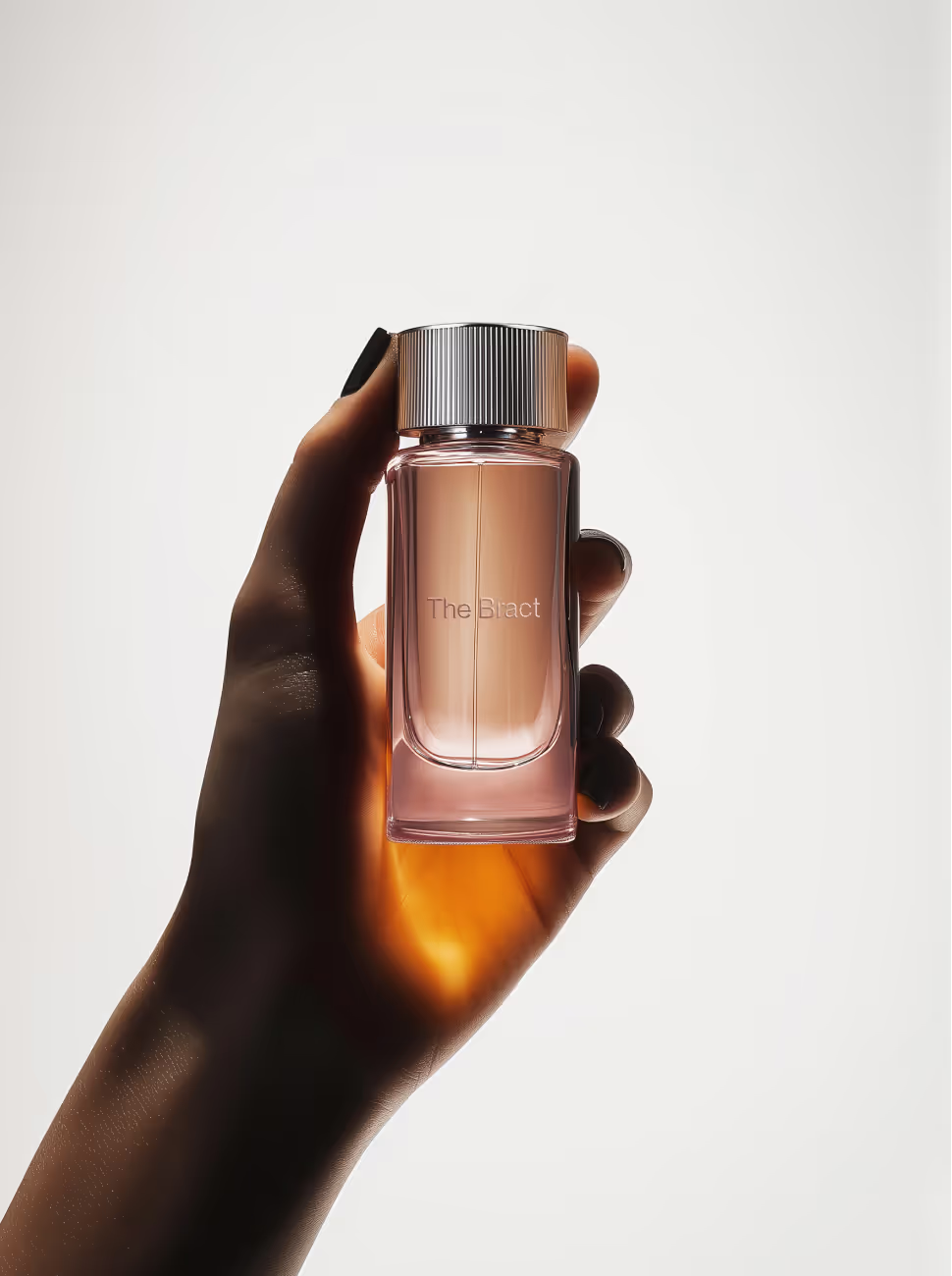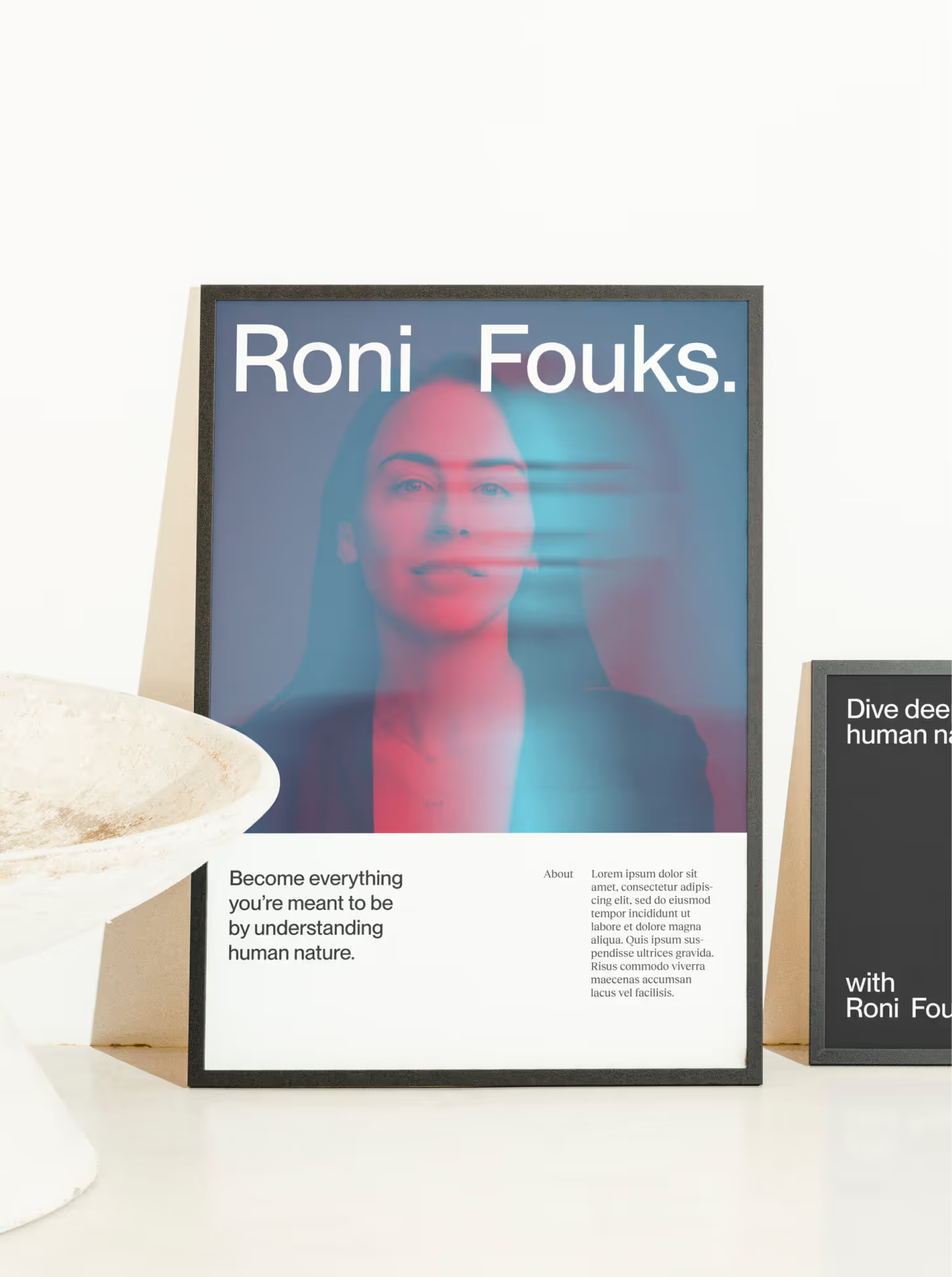
Is there a place for benevolence in the fashion industry?
If benevolence means having a positive impact on the world, it would be crazy to imagine that fashion couldn't have one. But if we think about it, where do we find evidence of benevolence in the clothing industry today?


Benevolence means having a positive impact on the world. Is it a new trend, or a deep need?
In the past decades, we've seen benevolence emerging in marketing through high-tech companies, especially in the Silicon Valley and San Francisco. The contrast between the outstanding success of tech startups and the abundance of homeless people scattered around the city forced the mayor of San Francisco to change and start acting for good. He changed his policy and offered a tax reduction to the companies that would move their office to the center of the city, like tenderloin. Did it have a positive impact? Yes, LinkedIn and Twitter began to help out every month by giving out food, blankets, and many other goods to the homeless population. Were they forced to do it? No, did it solve the problem? Also no. Are they the first ones to do charity? Absolutely not. But it changed the way they work and think about their product.
That may be an example far from the fashion industry, but did it impact the way we look at, consume and produce clothing?
If benevolence means having a positive impact on the world, it would be absurd to imagine that fashion couldn't have one. But if we think about it, where do we find benevolence today in the clothing industry?
After interviewing a large panel of women with ages ranging from 15 to 45 years old coming from every social environment, I realized that social networks play a huge role in the way we perceive ourselves. It stretches from our body image to our intellectual capacities. Everything is questioned and generally not in a kind direction. The cosmetics and fashion industry are mainly responsible for this situation because of the way they advertise. Rather than being authentic, their advertising methods are too aspirational and unattainable. Their target doesn't relate to their messages in the end; no one is happy.
How can we be more benevolent in the fashion world?
Benevolence starts with the way you produce your product. A successful brand like Everlane is a great example. With authentic transparency, they inform their consumers about the provenance and manufacture of every item they sell. Exactly who creates the product? Where is it sourced? How does it ship to your apartment? The consumers have access to all of this information directly on their website. The product itself can also be "benevolent". This could include having a wider size range than other apparel companies, thereby creating a product and fit with more respect for the woman's body. The possibilities are endless. Most importantly, benevolence must exist in their advertising messages. Being real and authentic is not a trend, it’s a necessity. Your, our, their audience is well educated, and know what they want: to feel heard, considered, and acknowledged.
That's why brands have a superpower. Being benevolent is not childish, it is the only way to succeed nowadays, and leaders have proved it.




.avif)



